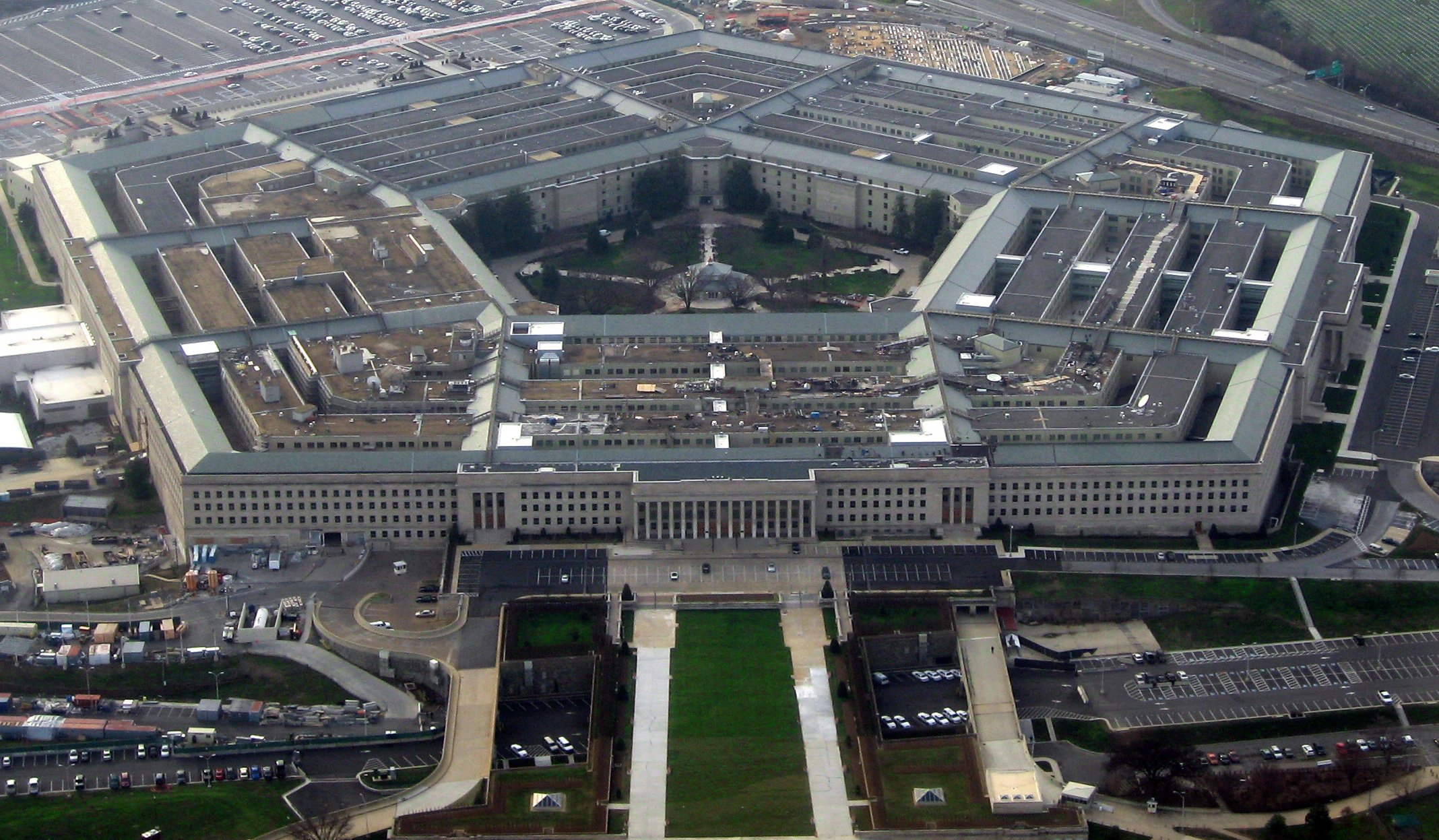
The return of Department of Defense workers to office spaces closed due to COVID-19 is still weeks away and hinges on a variety of factors to be weighed by local commanders, Pentagon officials said.
For two months, up to 4 million DoD active-duty and civilian personnel have teleworked because of the COVID-19 virus. Scores of offices where unclassified planning and administrative work that keeps the military running have been shuttered or lightly staffed.
However, even if office spaces are closed, the military is still working, said Jonathan Hoffman, the Pentagon’s chief spokesman, during a Friday media briefing. A decision on when office spaces will reopen is under review, will be conditions-based, and is likely weeks away from being made.
“We’re not reopening the Pentagon. The Pentagon’s never been closed. We’re not reopening the department. The department’s never been closed,” Hoffman said. “What we will do is, we will begin to ramp up the number of individuals and the number of offices that are here. That’s going to take place over a number of weeks.”
At military bases in the U.S. and around the world, Hoffman said local commanders would consider the policies set by local government officials and the availability of hospital care and testing when determining how quickly to bring everyone back into the office. Local commanders will also consider “mission assignments and how open do they need to be to conduct their assignments.”
For the Navy, deciding when to bring staffers back to the office will occur when guidance is issued by Secretary of Defense Mark Esper, Cmdr. Dave Hecht, a spokesman for the Chief of Naval Personnel, told USNI News.
Before COVID-19 caused the Navy to close office spaces, the service had about 100,000 remote active-duty and civilian workers on its network, said Air Force Lt. Gen. Bradford Shwedo, the Joint Staff’s director for command, control, communications, and computers/cyber and chief information officer, said during an April 13 briefing.
When Shwebo made his comments a month ago, he said more than 250,000 Navy workers were accessing the network remotely. Planned improvements to the system were going to bring 500,000 remote users onto the network by May, he said.
Inside the Pentagon, where typically more than 20,000 military and civilian employees work each day, typically crowded corridors are nearly empty. The majority of members of the media covering Hoffman’s briefing were doing so remotely, either by phone or by streaming the briefing.
The key to reopening office spaces is local conditions, Hoffman said. For the Pentagon, Hoffman said the military’s leadership is paying attention to the COVID-19 infection rates in Washington, D.C., Maryland and Virginia.
“We’ve still got to rely on what the governor of Virginia is saying, what is the mayor of D.C. saying, what is the governor of Maryland saying,” Hoffman said. “There’s a number of different things we’ve got to look at in terms of the ability of our workforce. Mass transportation, daycare, schools, hospital availabilities – these are all things we want to make sure are in place.”





